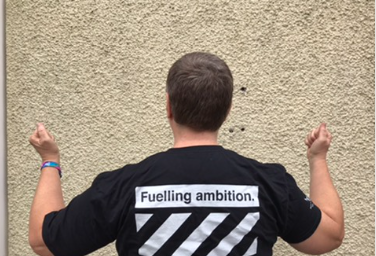

Why Public Consultations Might Not Attract The Right Audience
Public consultations strive to make policies more effective. They aim to listen to and implement the public’s views. But do they? The respondents to public consultations tend to lack diversity. Consultations often fail to enable broad stakeholder participation. Stakeholders with similar preferences or expertise, known as ‘’the usual suspects’’ (Collis, 2021), tend to be invited to public consultations.
The views of some people are often overlooked. Those who ‘’look good, smell good, drive fancy cars and speak the same language that the bureaucrats and the policy-makers speak’’ tend to be favoured (Jayaraman, 2013). Policymakers feel comfortable with this type of person, even if their views clash. This highlights a number of issues with public consultations:
- Consultation documents are often unconcise and overly jargonistic. People most forthcoming in engagement events may not reflect the full range of views on a topic. They will only give the strongest views on a subject. This is most likely when a standard list of consultees is over-relied on, or a random sampling method is used. Key stakeholders are excluded, while others receive irrelevant consultation documentation.
- Excessive bureaucracy is involved in signing up for public consultations. Participants are usually required to obtain a username or a password. This can be time-consuming and frustrating when those are not to hand. It also completely excludes those without internet access.
- Communities often receive a lack of feedback from events. They don’t receive a comprehensive record of what was said, what happened to their suggestions, and a record of decisions reached. This will reduce their motivation to engage in subsequent public consultations.
- Disabled people are also excluded from public consultations for a variety of reasons. This might be due to inaccessible venues, inadequate public transport, and lack of internet access. Excessive jargon in public consultation documents can exclude anyone. However, this disproportionately affects disabled people with cognitive impairments. Exclusion of disabled people is problematic as they have often lived experience.
- The timings of public consultation events can also be a barrier to attendance. Older people may be unwilling or less able to attend after dark, due to tiredness or safety concerns. Working people may struggle to attend during the day on a weekday. Parents of young children may find early mornings and early evenings unsuitable.
Public consultations consistently often involve people with the most time to respond, and have particularly strong views. If they are to attract an audience which represents the full range of views, then organisations need to take steps to improve accessibility.
Watch this space for some solutions!
Blog written by Alex Markovits as part of his internship at PinkGold Ltd, via the Swansea University Graduate Support Programme. Alex has a Masters with Distinction in Strategic Marketing and is available from April to join project teams to provide research support.
Reference list
Collis, A. (2021). Not Just the Usual Suspects: Designing a New Method for Public Consultation. Bangor University (United Kingdom). Microsoft Word - A Collis Not Just The Usual Suspects (bangor.ac.uk)
Jayaraman, N. (2013). No Public in Public Consultations. In Coelho, K., Kamath, L. and Vijayabaskar, M. (Eds.) Participolis (pp. 302-305). Routledge India. No Public
Related Posts


The Best Time To Plant A Tree
